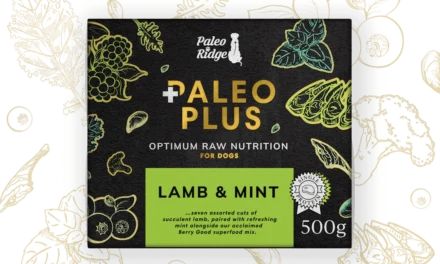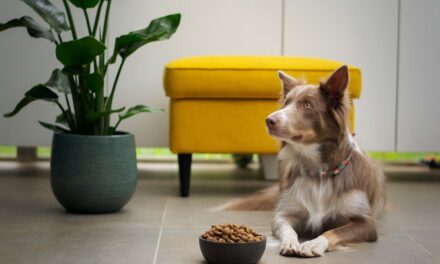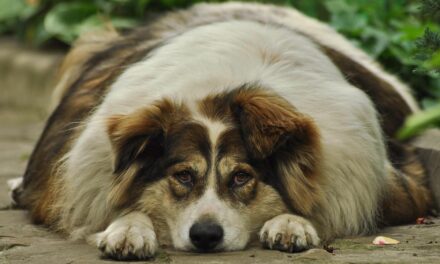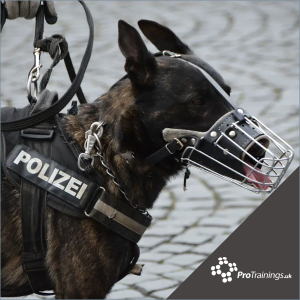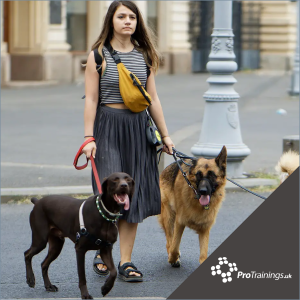In a rapidly evolving landscape, European pet owners are embracing the world of pet tech, with a collective potential annual spend of €14.378 billion.
Distrelec, a leading European distributor of technical components, conducted comprehensive research that delves into preferences, concerns, and spending habits of European pet owners.
The Rise of Pet Tech in Europe
Pet tech is on the rise, with a compound annual growth rate (CAGR) of 20.7% projected for the European market from 2023 to 2028. The global industry is expected to reach a valuation of €70.38 billion (approximately $61.2 billion) by 2030. Distrelec’s research reveals that European pet owners could contribute significantly to this growth, with an average willingness to spend €158 per year on tech for their pets.
European pet owners are increasingly recognising the potential of pet tech, with 45% stating that it is “the future of pet ownership.” This sentiment reflects the growing desire for technological solutions to enhance the well-being of pets and streamline pet care.
Intriguingly, pet owners across Europe displayed a keen interest in various tech concepts. Notably, the most popular concept product was a ‘pet nutrition scanner,’ with over half (52%) of respondents expressing interest. Other concept products that garnered substantial attention included a ‘language translator’ (51%), ‘smart warming/cooling cushion’ (50%), and ‘self-closing poo bags’ (50%). However, the ‘pet walking robot’ received the least interest, with only 30% expressing enthusiasm.
Existing Tech Preferences
When it comes to existing products, GPS trackers proved to be the most sought-after, with 37% of European pet owners showing interest. ‘Pet water fountains’ followed closely behind, with 31% expressing interest. ‘Pet feeders’ garnered 29% interest, indicating the popularity of tech that caters to essential pet needs. In contrast, ‘smart pet beds’ for monitoring sleep received the least attention, with a mere 9% of respondents interested.
Pet tech enjoys a positive reception among European pet owners, with 45% believing it represents the future of pet ownership. Furthermore, 42% of pet owners feel that it could significantly improve their and their pet’s lives. This optimistic outlook extends to 44% of respondents who would feel comforted knowing their pets are receiving enhanced care through technology, and 41% who believe pet tech strengthens the owner-pet relationship.
While the interest in pet tech is substantial, so are concerns regarding cybersecurity. Across Europe, 41% of respondents expressed cybersecurity concerns when using it. Notably, Switzerland, despite their strong interest in pet tech, also displayed the most significant concerns, with 52% agreeing that cybersecurity is a worry. Younger age groups, including 25-34-year-olds, exhibited the most concern (54%), followed by 35-44-year-olds (47%) and 18-24-year-olds (46%).
Spending Patterns
When it comes to spending on tech gadgets of for their pets, European pet owners allocate their budgets across four categories. The average annual spend across all categories is €158. Home pet care and well-being garnered the most significant allocation, with 46% of respondents indicating they would invest in this area. Pet owner convenience and pet safety followed, with 20% and 18% of the vote, respectively. Communication and entertainment received 10% of the budget.
Interestingly, Swiss pet owners displayed the highest willingness to spend, with an average of €251, while French pet owners were the most conservative, willing to spend just €102. Gender and age also played a role, with women willing to spend an average of €168, compared to men at €148. The 25-34 age group topped the spending chart at an average of €209, followed by 18-24-year-olds (€176) and 35-40 year olds (€161). In contrast, the 65+ age bracket displayed the least inclination to spend, with an average of €81.
The pet tech revolution in Europe continues to gain momentum, driven by the willingness of pet owners to invest in technology that enhances the lives of their beloved animals.
